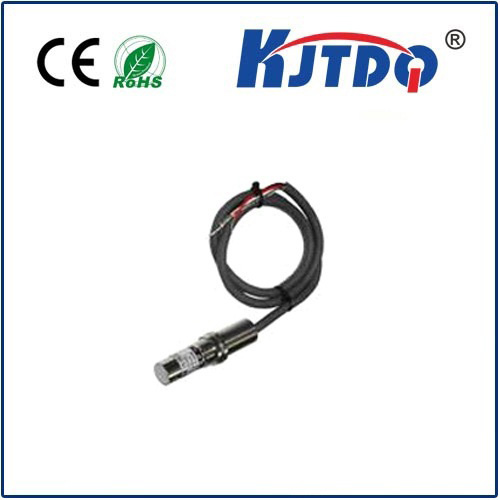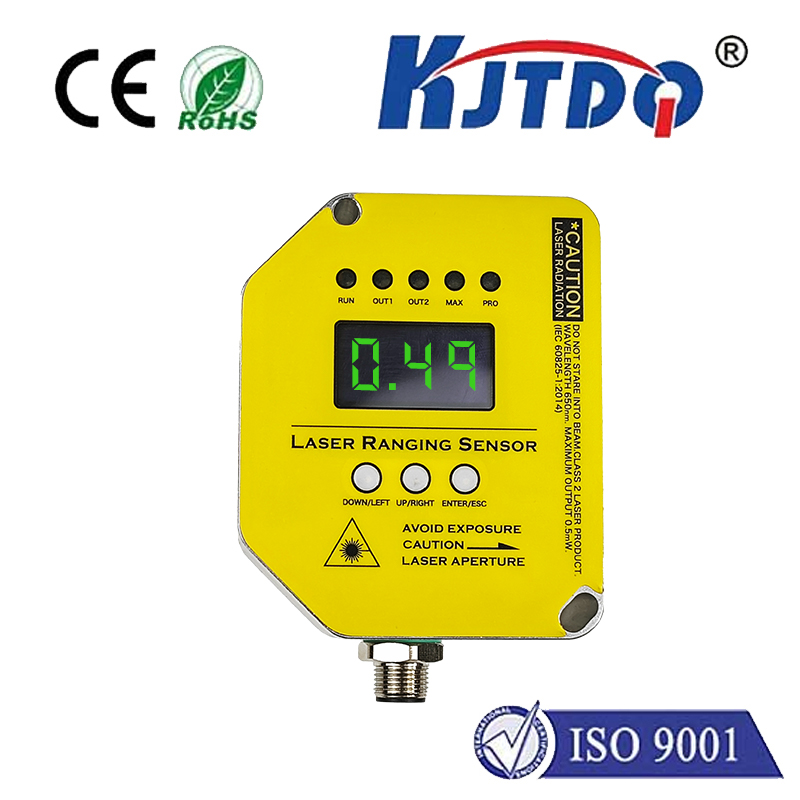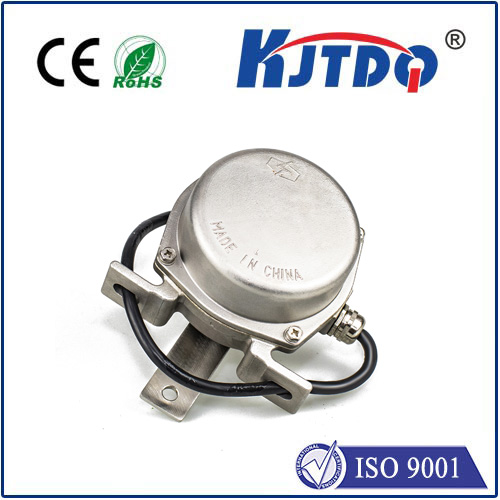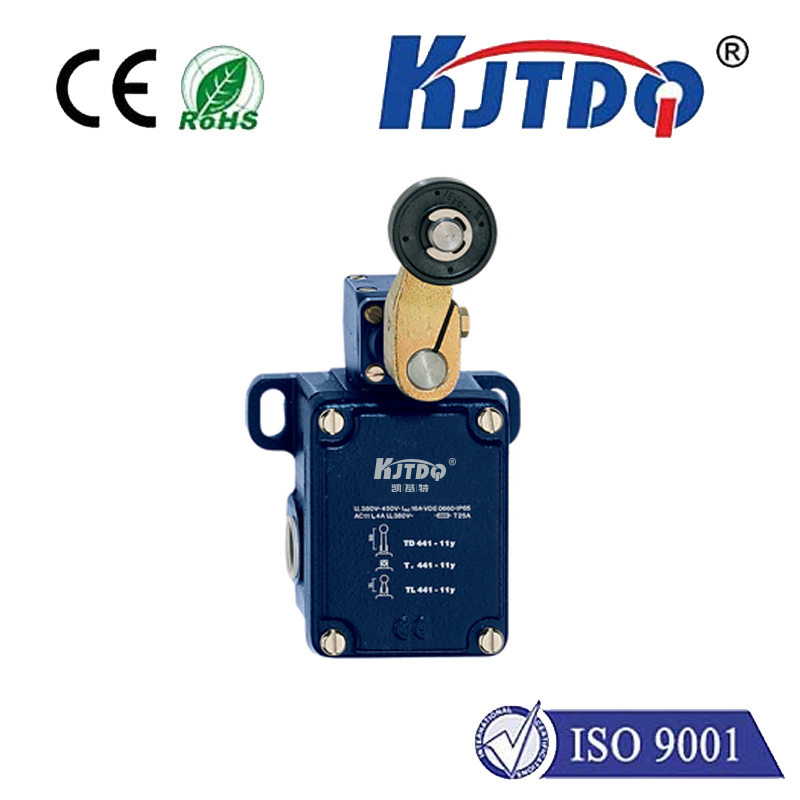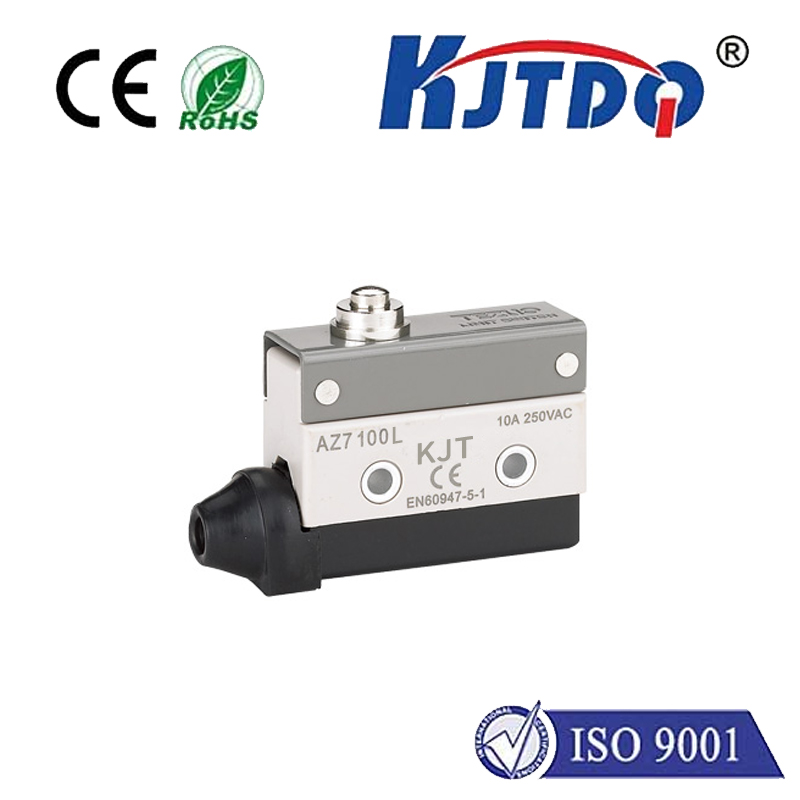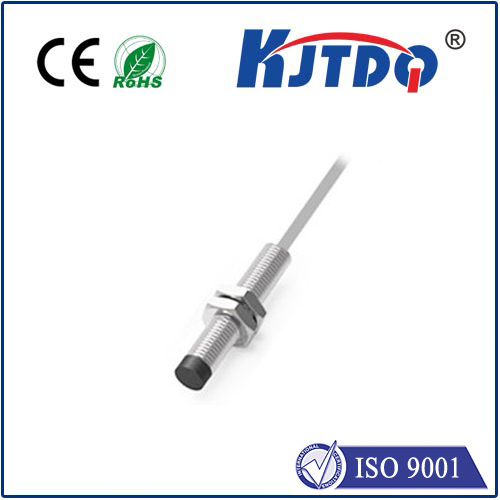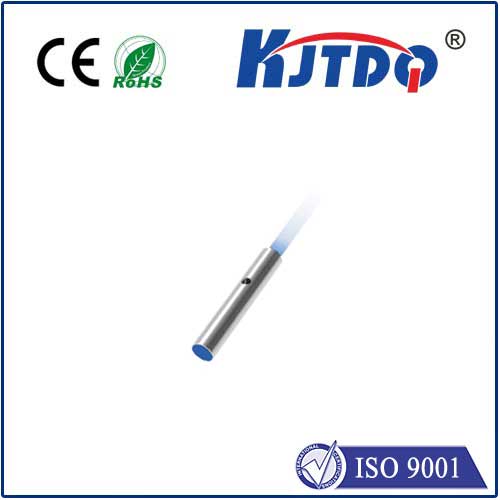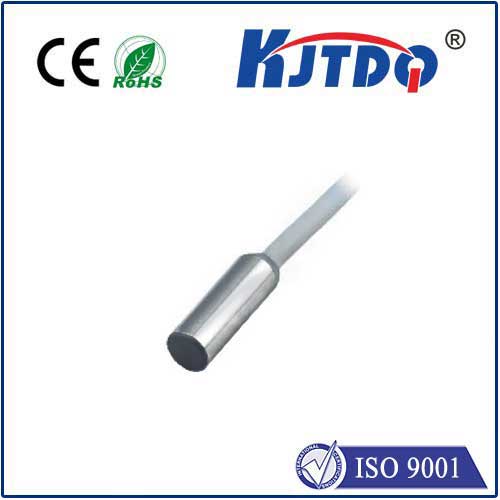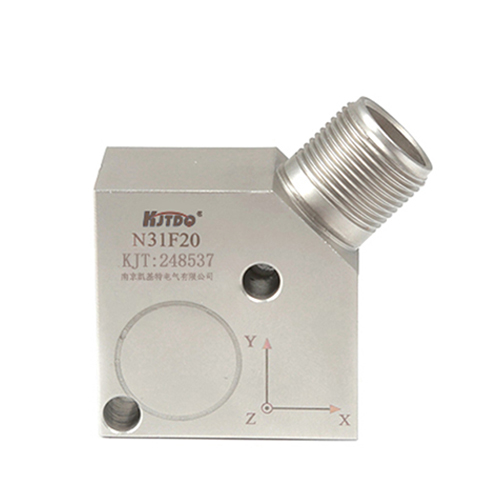

check

check

check

check
In the intricate dance of automated machinery, where precision and safety are paramount, a small, often overlooked component plays a critical role: the button limit switch. It might seem deceptively simple – just a button you press, right? But this unassuming device is a fundamental building block in control systems, acting as a silent sentinel guarding against overtravel, confirming positions, ensuring operator safety, and triggering essential sequences. Mastering its function and application is key to robust and reliable automation design.
Beyond the Simple Click: What is a Button Limit Switch?
At its core, a button limit switch is an electro-mechanical device designed to detect the presence or absence of an object, or to monitor the boundary position of moving parts. The defining characteristic is its actuation mechanism: a spring-loaded plunger or button protruding from the switch body. When an external force depresses this button beyond its operating point, it mechanically triggers a change in the switch’s internal electrical contacts. This change – typically opening or closing a circuit – sends a clear signal to the machine’s control system (like a PLC - Programmable Logic Controller), effectively saying, “Contact made!” or “Limit reached!”.
This physical actuation method offers distinct advantages. It provides a positive, tactile feedback and is generally robust against environmental factors like dust or moisture (depending on IP rating), making it a reliable choice in harsh industrial settings. The actuation force required and the travel distance before switching are critical parameters to consider during selection.
Why Choose a Button Type? Distinct Advantages in Key Scenarios

While various limit switch designs exist (lever arm, roller lever, whisker), the button limit switch excels in specific situations:
Putting the Button to Work: Real-World Applications
The versatility of the button limit switch shines across numerous industries:
Selecting the Right Button Limit Switch: Key Considerations
Choosing the optimal button limit switch involves more than grabbing the first one off the shelf. Critical factors include:
Installation and Maintenance: Ensuring Peak Performance
Proper installation is crucial. The switch must be securely mounted to prevent vibration or misalignment. The actuating button must be positioned so the target makes direct, square contact without binding or excessive side-loading, which can damage the plunger mechanism. Precise alignment significantly extends switch life.
Maintenance is generally straightforward but vital. Periodically inspect the switch body for physical damage, corrosion, or loose connections. Ensure the plunger moves freely without sticking. Check for signs of overheating at the terminals. Regularly testing the switch’s function within the control circuit helps catch failures before they cause downtime or safety hazards. Remember, even the most robust button limit switch is a mechanical device subject to wear.
The Vital Cog in the Machine
Often underestimated, the button limit switch is an indispensable component in the world of automation. Its simplicity, reliability, and adaptability make it a cornerstone for countless functions – from basic position verification to critical safety interlocks. Understanding its operating principle, advantages, and selection criteria empowers engineers and technicians to design and maintain systems that are not only efficient and productive but also fundamentally safe. Next time you interact with a machine, consider the silent workhorses – the button limit switches – diligently performing their tasks, ensuring everything moves smoothly and securely within its intended boundaries.
